Passé or Retiré? Often, teachers and dancers use the two terms interchangeably. But is there a difference? In this article, we will answer that question and explain in detail how to execute these steps correctly.
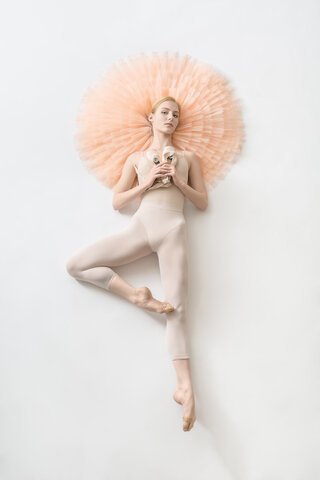
Passé or Retiré?
Retiré means withdrawn. It is the position where the leg you are working on is bent in a triangle and the foot rests on the knee. It is a static position. Many of the steps you do in the centre depend on the Retiré for their execution. For example, pirouettes and also jumps.
Passé means passed. It refers to the movement of the leg going through Retiré, to move into another position or movement. It is dynamic. For example, when you go from the 5th position in front to the 5th behind. Or from an extended pose a la seconde through passé to an extended pose in arabesque.
Passé is a transitional step by itself and part of many centre steps. The working leg in the position of retire needs a transfer of weight and balance in a more demanding way. Moving through passé, you transfer weight from front to back or vice versa.
In conclusion, Passé refers to the action of the leg going through the Retiré position. In contrast, Retiré refers to the actual position itself.
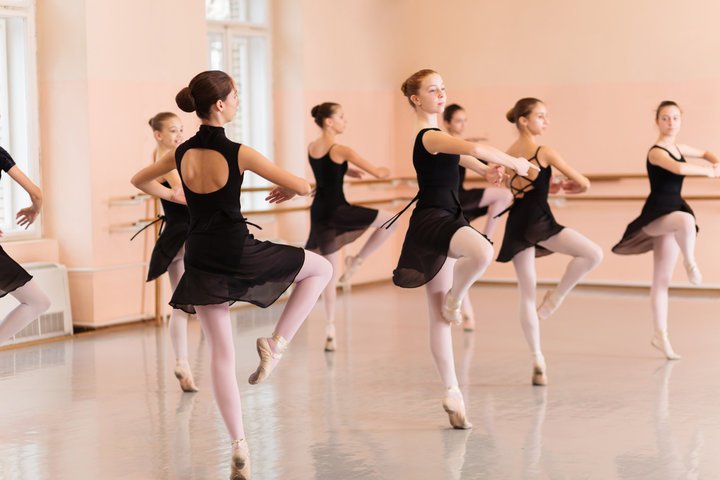
How to do Retiré
- Retiré devant position: The side of the little toe of the working foot touches underneath the knee cap (patella), with the working heel slightly forward of the toe.
- Retiré derriére position: The heel of the working foot touches at the back of the knee with the toes slightly away from the supporting leg.
How to do a Passé
- From the fifth position, with your right foot front.
- Lift the front leg through fully pointed cou de pied devant, sliding it up the supporting leg until the toe touches just beneath the knee (retire devant). When you slide your foot up the supporting leg, pretend you are drawing a line with the tip of your foot on the center line of your supporting leg. “You have to get the tights dirty”, I remember a teacher told me.
- Lift the toe in an arc above the level of the knee at the side of the leg.
- Place the toe in back of the knee to retire derriére and continue sliding it down the back of the leg
- From the cou de pied derriére position, close the foot in back in the 5th position.
In the pose passé back at the barre, the heel is forward and the toes are back. You shouldn’t rest your working pointe on the supporting leg.
Tips to do Passé and Retiré
The position of your pelvis
Your pelvis has to remain level and square. However, if your abdomen is not strong enough and the hips are very tight, it makes it much harder to keep the pelvis level. So, keep the leg a little lower, if you want to focus on that. Taking it higher could destroy your alignment, especially if you are a beginner. And remember that without the level pelvis, you cannot turn.
To sum up, whenever you are doing a retiré or a passe, you want your hips to stay level. To help you correct this problem, you can use a hip alignment belt around your hip.
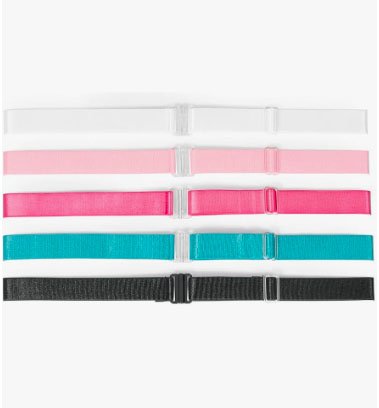
Raindance 3/4″ Adjustable Hip Alignment Belt
Buy on Amazon USAYour feet
Maintain the shape of the foot with the heel forward at the height of the passé and the toes back (no sickling). Don’t jam your working pointe into the supporting leg. Your working foot should be held a millimetre off the leg, just enough to slip a piece of paper between the toe and the leg. The working knee is held at the side and pulls back against the squarely held working hip. The working foot should never be pressed against the supporting leg to help maintain the turnout.
The importance of Turn Out
You should maintain maximum turnout throughout the movement by keeping the working knee back and to the side, and a refined and controlled action in passing the working foot, which was achieved by focusing on the lift of the working knee rather than on the foot. Both legs should actively work on turning out. So, you need to focus on rotating your femoral heads outward. Your supporting leg is rotated and also working, pushing against the floor. It’s not relaxed.
The Role of Your Knee
It’s the knee that takes the foot, in going from fifth front to fifth back. Use your inner thighs to hold up your leg and to rotate in that hip socket. This is not a resting position; your leg is super active. And you feel the rotation constantly. Thinking of the movement in this way helps to maintain an open and symmetrical look.
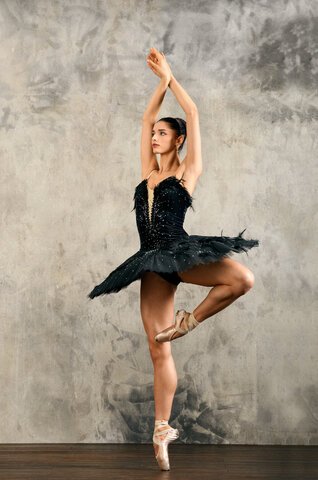
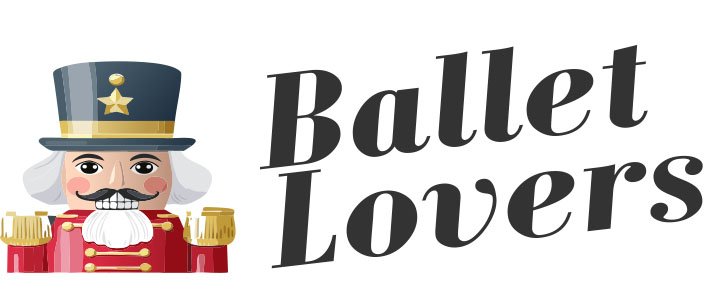


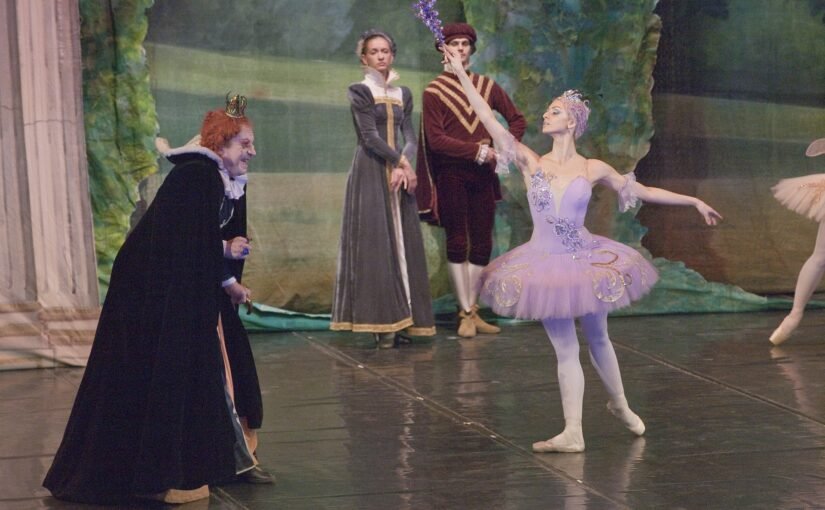
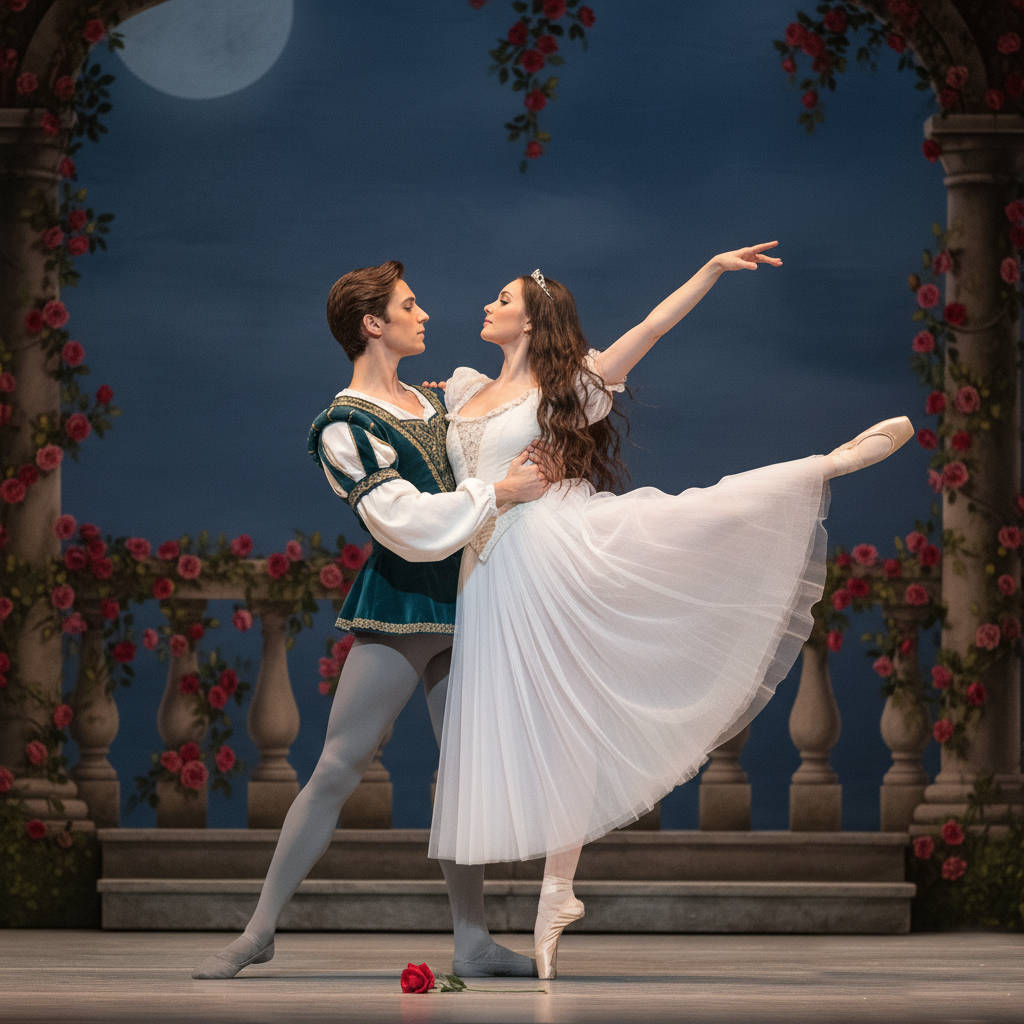
Leave a Reply